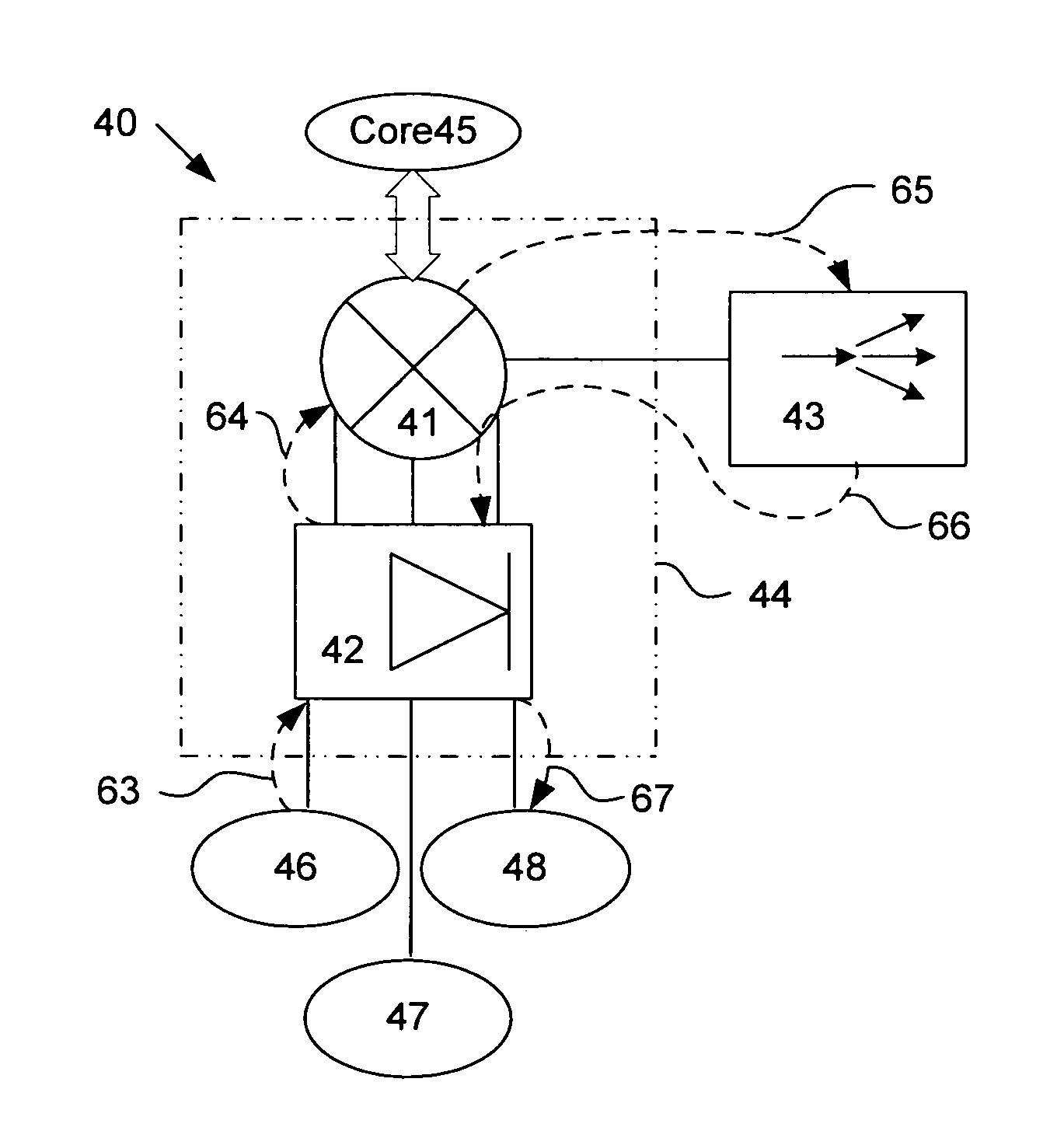One arm data center topology with layer 4 and layer 7 services
a data center topology and data center topology technology, applied in the field of one arm data center topology with layer 4 and layer 7 services, can solve the problems of complex data center topology, difficult management, and many physical devices, and achieve the effects of simplified data center topology, easy management, and easy maintenan
- Summary
- Abstract
- Description
- Claims
- Application Information
AI Technical Summary
Benefits of technology
Problems solved by technology
Method used
Image
Examples
Embodiment Construction
[0015]In the description herein for embodiments of the present invention, numerous specific details are provided, such as examples of components and / or methods, to provide a thorough understanding of embodiments of the present invention. One skilled in the relevant art will recognize, however, that an embodiment of the invention can be practiced without one or more of the specific details, or with other apparatus, systems, assemblies, methods, components, parts, and / or the like. In other instances, well-known structures, materials, or operations are not specifically shown or described in detail to avoid obscuring aspects of embodiments of the present invention.
[0016]To overcome the disadvantages of prior art data center topology, a topology in accordance with the present invention efficiently routes traffic between internal sub-nets as well as traffic destined to or arriving from an outside network. The data center topology employs layer 7 and layer 4 services on a common chassis or...
PUM
 Login to View More
Login to View More Abstract
Description
Claims
Application Information
 Login to View More
Login to View More - R&D
- Intellectual Property
- Life Sciences
- Materials
- Tech Scout
- Unparalleled Data Quality
- Higher Quality Content
- 60% Fewer Hallucinations
Browse by: Latest US Patents, China's latest patents, Technical Efficacy Thesaurus, Application Domain, Technology Topic, Popular Technical Reports.
© 2025 PatSnap. All rights reserved.Legal|Privacy policy|Modern Slavery Act Transparency Statement|Sitemap|About US| Contact US: help@patsnap.com



